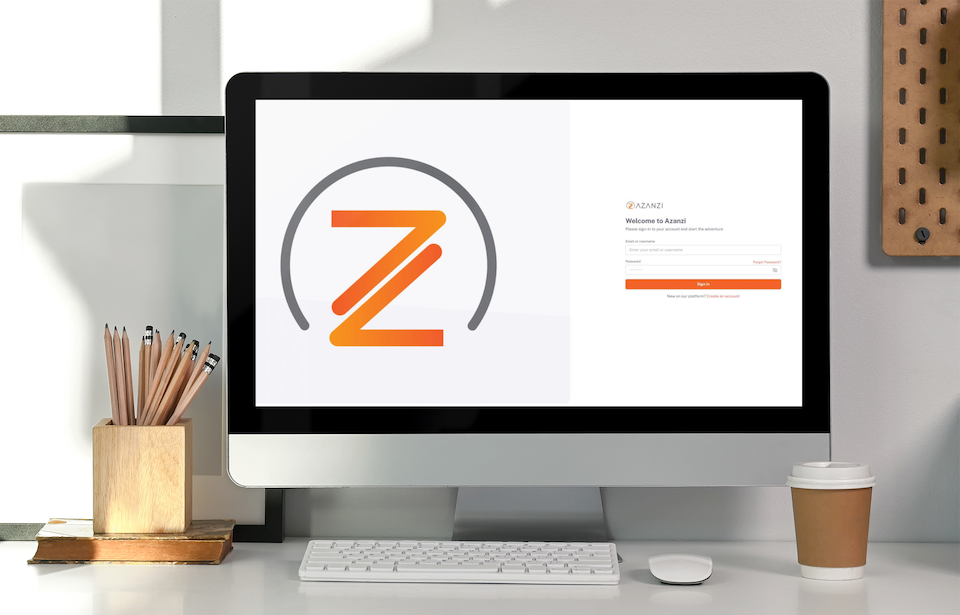

Businesses rely on a complex network of suppliers and vendors to deliver products and services. This interconnectedness creates a significant vulnerability: cyber-attacks on any part of the supply chain can have a devastating impact on an organisation’s operations, reputation, and finances. There have been many recent examples of supply chain cyber breaches – British Airways, the British Library and SolarWinds to name a few – these highlight the growing concern in this space. Hackers are exploiting weaknesses right now – action must be taken.
Third Party Risk Management and supply chain security monitoring is essential for mitigating these risks. By proactively monitoring your supply chain for vulnerabilities and threats, you can take steps to prevent attacks and minimise the damage if they do occur.
Supply chain security monitoring, or TPRM, is the process of continuously monitoring your supply chain for potential security risks. This includes assessing the impact if the supplier has a breach, understanding what controls they have in place, identifying and assessing vulnerabilities in your suppliers’ systems and networks, as well as monitoring for suspicious activity that could indicate an impending attack.
Supply chain cyber-attacks are becoming increasingly common and sophisticated. In 2020, there was a 62% increase in supply chain cyber-attacks, and these attacks are only expected to become more frequent and severe in the future. According to Verizon’s “2024 Data Breach Investigations Report,” the use of vulnerabilities to initiate cyber-attacks grew by 180% in 2023, compared to 2022. Of those breaches, 15% involved a supplier, such as software supply chains, hosting partner infrastructures, or data custodians.
The consequences of a supply chain cyber-attack can be significant. A successful attack can disrupt operations, damage your reputation, and result in financial losses. In some cases, like the MedTech sector, it can even lead to physical harm.
There are a number of steps you can take to improve your supply chain cyber monitoring and implement a Third Party Risk Management strategy. Here are five of the most important:
In addition to the best practices listed above, there are a number of other things you can do to improve your supply chain cyber monitoring:
By following these best practices, you can significantly improve your supply chain cyber monitoring and reduce your risk of cyber-attacks.

Explore how Azanzi TPRM delivers the control, flexibility, and visibility that other platforms often leave behind.
Read more
This blog explores how self declaration on cyber security will differentiate you from the competition.
Read more
This blog explores learnings about TPRM and supplier security management from the M&S cyber attack.
Read more
This blog explores how organisations can stay ahead when it comes to TPRM.
Read more
This blog explores the cyber risks of using third parties in your organisation.
Read more